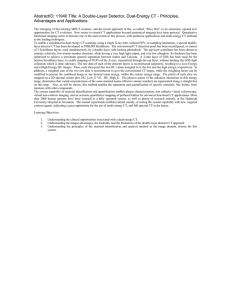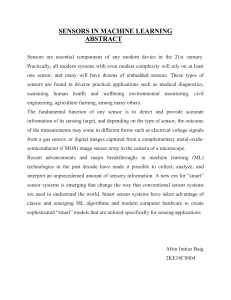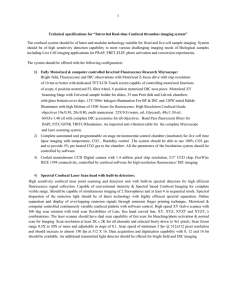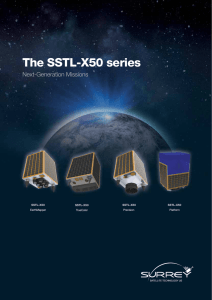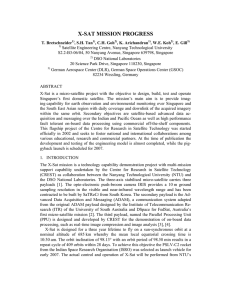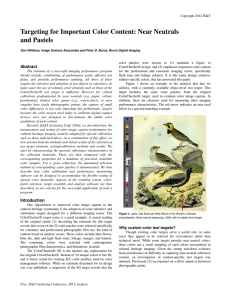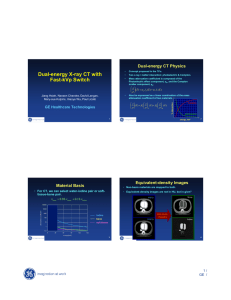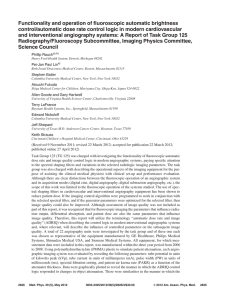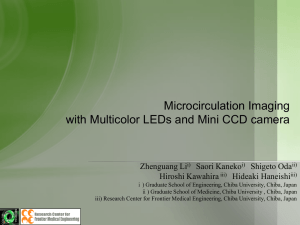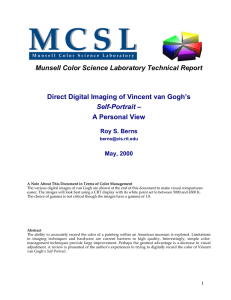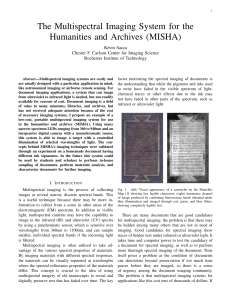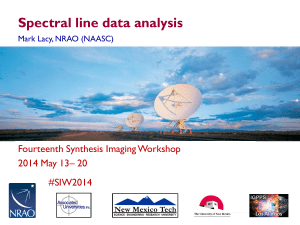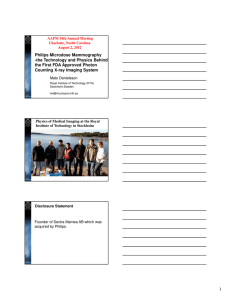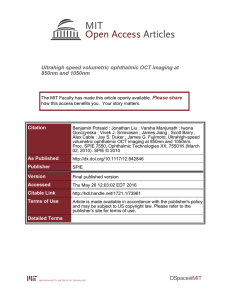PROBA-1, FROM TECHNOLOGY DEMONSTRATOR TO A VALUABLE SMALL EARTH OBSERVATION PLATFORM
advertisement
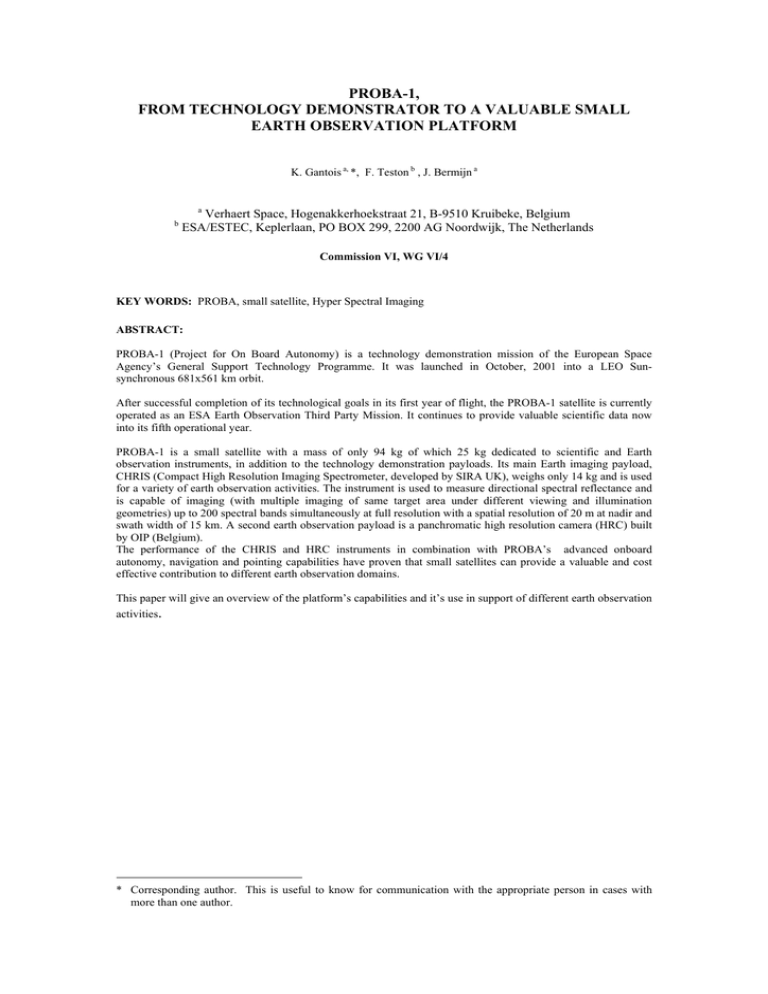
PROBA-1, FROM TECHNOLOGY DEMONSTRATOR TO A VALUABLE SMALL EARTH OBSERVATION PLATFORM K. Gantois a, *, F. Teston b , J. Bermijn a a b Verhaert Space, Hogenakkerhoekstraat 21, B-9510 Kruibeke, Belgium ESA/ESTEC, Keplerlaan, PO BOX 299, 2200 AG Noordwijk, The Netherlands Commission VI, WG VI/4 KEY WORDS: PROBA, small satellite, Hyper Spectral Imaging ABSTRACT: PROBA-1 (Project for On Board Autonomy) is a technology demonstration mission of the European Space Agency’s General Support Technology Programme. It was launched in October, 2001 into a LEO Sunsynchronous 681x561 km orbit. After successful completion of its technological goals in its first year of flight, the PROBA-1 satellite is currently operated as an ESA Earth Observation Third Party Mission. It continues to provide valuable scientific data now into its fifth operational year. PROBA-1 is a small satellite with a mass of only 94 kg of which 25 kg dedicated to scientific and Earth observation instruments, in addition to the technology demonstration payloads. Its main Earth imaging payload, CHRIS (Compact High Resolution Imaging Spectrometer, developed by SIRA UK), weighs only 14 kg and is used for a variety of earth observation activities. The instrument is used to measure directional spectral reflectance and is capable of imaging (with multiple imaging of same target area under different viewing and illumination geometries) up to 200 spectral bands simultaneously at full resolution with a spatial resolution of 20 m at nadir and swath width of 15 km. A second earth observation payload is a panchromatic high resolution camera (HRC) built by OIP (Belgium). The performance of the CHRIS and HRC instruments in combination with PROBA’s advanced onboard autonomy, navigation and pointing capabilities have proven that small satellites can provide a valuable and cost effective contribution to different earth observation domains. This paper will give an overview of the platform’s capabilities and it’s use in support of different earth observation activities. * Corresponding author. This is useful to know for communication with the appropriate person in cases with more than one author.






